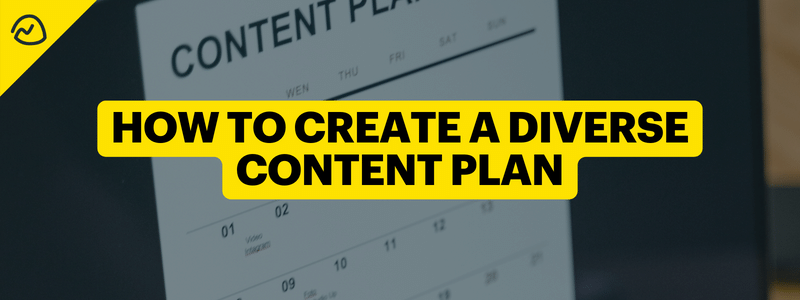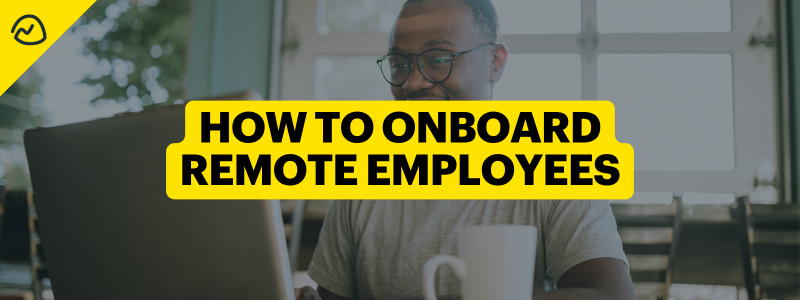New hires slog through a lot before they’re ready to operate at the rate of someone who’s been there for years. And should you leave out important steps when getting someone set up, you could end up with a new employee who doesn’t know where to go for help, isn’t sure what they’re supposed to be doing every day, and ends up regretting their decision to join your company.
New hires are also judging you during their first weeks at the company. So much so that about 28% of newly hired employees will quit within their first 90 days.
This is why it’s vital you develop a proper employee onboarding process.
What Most Get Wrong About Onboarding New Hires
To many, their goal with onboarding is to get someone up to speed as quickly as possible. But what does that even mean? Is it checking off each item on the list as fast as possible? Or is it your new hire having a deep, thorough understanding of the organization and how they fit into it?
If you chose the latter, congratulations! Your head’s in the right place.
The most important part of onboarding isn’t speed. It’s comprehension. It’s inclusion. It’s comfort.
Onboarding isn’t checking off each item on your template in a timely manner. It’s about ensuring your new employee truly gains an understanding of your business, how it operates, and how they’ll fit into it.
Employee Onboarding vs Orientation
Employee onboarding and employee orientation are two related but different pieces of bringing on a new hire, though they’re often used interchangeably.
Employee onboarding refers to the comprehensive process of integrating a new employee into an organization. It usually starts before the employee’s first day and typically extends for several weeks or even months after the employee has joined the organization.
Onboarding aims to help new employees become familiar with the company culture, policies, procedures, expectations, and their job responsibilities. It involves providing new employees with the necessary tools, resources, and support to be successful in their roles.
It might also include activities like training, mentorship, and introductions to team members.
Meanwhile, employee orientation is a more specific and typically shorter process that takes place during the first few days or weeks of being hired. Orientation is focused on providing new employees with basic information about the organization and its procedures, along with an overview of their job responsibilities.
You might include activities like completing necessary paperwork, reviewing employee benefits, touring the workplace (if you’re not a remote company), and participating in introductory training sessions. This process is usually used to help new employees feel welcomed and informed, and can even help them feel more confident when they start onboarding.
You can think of the orientation as the kickoff to employee onboarding.
Onboarding Best Practices for Comprehension & Cohesion
1. Prep Them Ahead of Time
One of the worst things for any new hire is showing up at the right time and place (whether virtual or in-person) without having any idea what they’re supposed to be doing.
Sometimes, new hires are left in waiting rooms for so long, they start to question the business’s organization. Never a good sign.
Preparing employees ahead of time is necessary, and can be done with as little as a simple email. It should be enough to let them know what’s expected of them, but not so much that they feel like they have work to do before even starting.
Here are a few things to include in your onboarding email:
-
That you’re excited for them to start!
-
Where to go and at what time
-
What they can expect for the first day and what they’ll be doing
-
Anyone they can greet when they arrive or anyone else they may be working with
-
The opportunity for them to reply with any questions prior to officially starting
This information should quell any fears or anxieties common when starting a new job. Plus, it shows that you’re prepared and you care about them.
2. Organization
As mentioned above, being disorganized is bad for you, your business, and your new hire.
Just telling someone to show up and winging the onboarding process is terrible practice that, unfortunately, many still partake in. You should have some sort of structure to the onboarding process. Usually, this has been shaped by someone with an understanding of what it’ll take to get someone integrated into your business.
Here are the ways you can get organized before they even arrive:
-
Send their new hire email outlined above
-
Plan all meetings ahead of time: get all the meeting times on the calendar with everyone needed. You don’t want to wait until the last minute to invite someone who needs to go over material for onboarding only for them to be unavailable for three days.
-
Set up any and all access they’ll need the week before
-
Include a list of any and all company resources to review: this might be notable blog posts, the handbook, company origin story, and any other must-know information prior to your new hire beginning work.
Ultimately, everything should live inside a single project in your company’s project management software so they know where to go for tasks, messages, files, and anything else they could need.
3. Templates, But Customize
Organization can happen best in the form of templates. When you can create a list of any recurring items or to-dos, no matter the position, you and anyone running your new hire’s onboarding and orientation will have a much easier time.
In Basecamp, this can be done best by creating a hiring template by following the steps below.

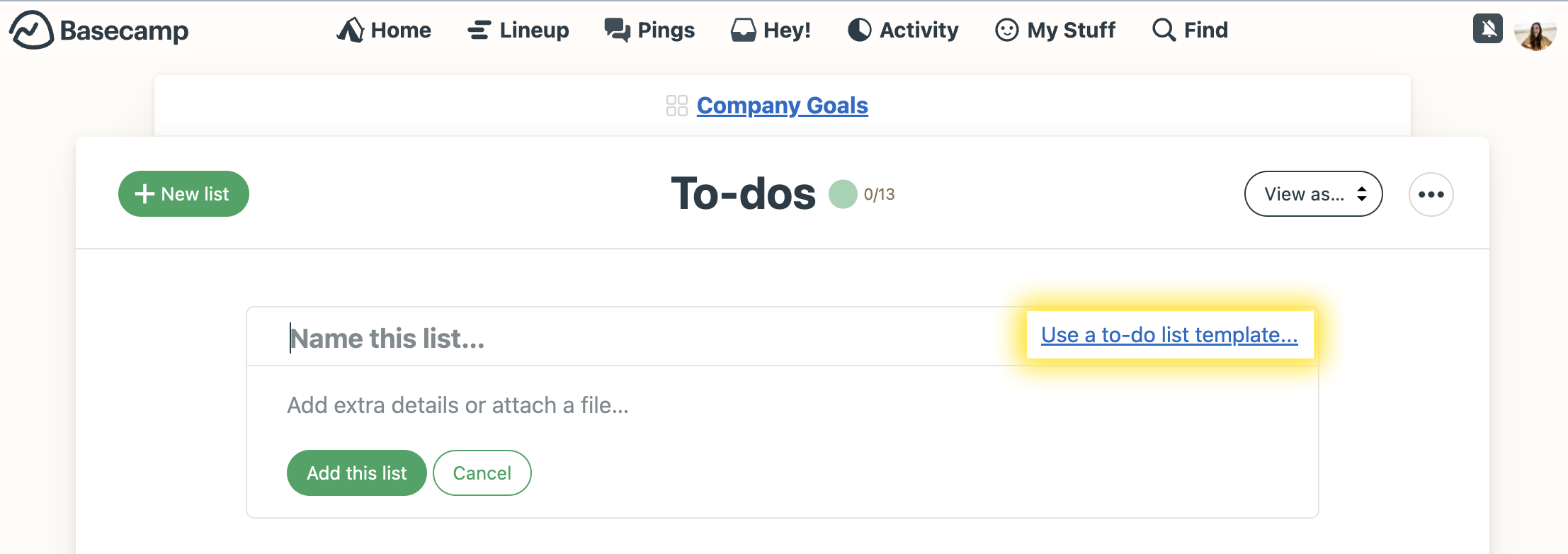
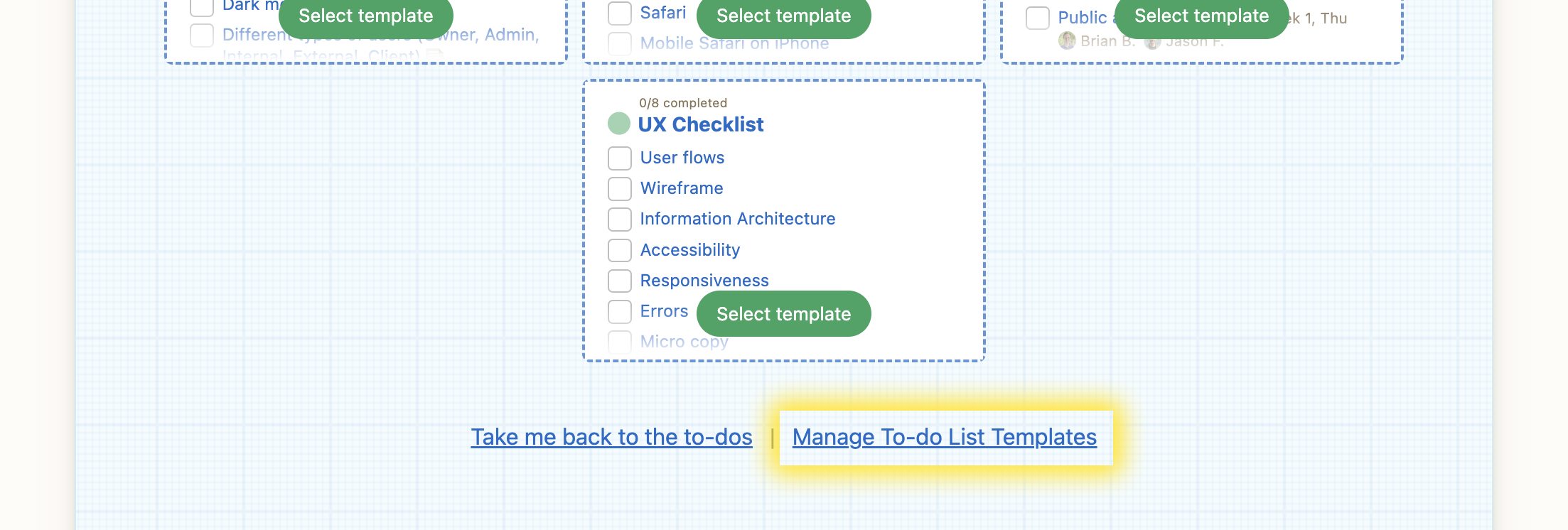
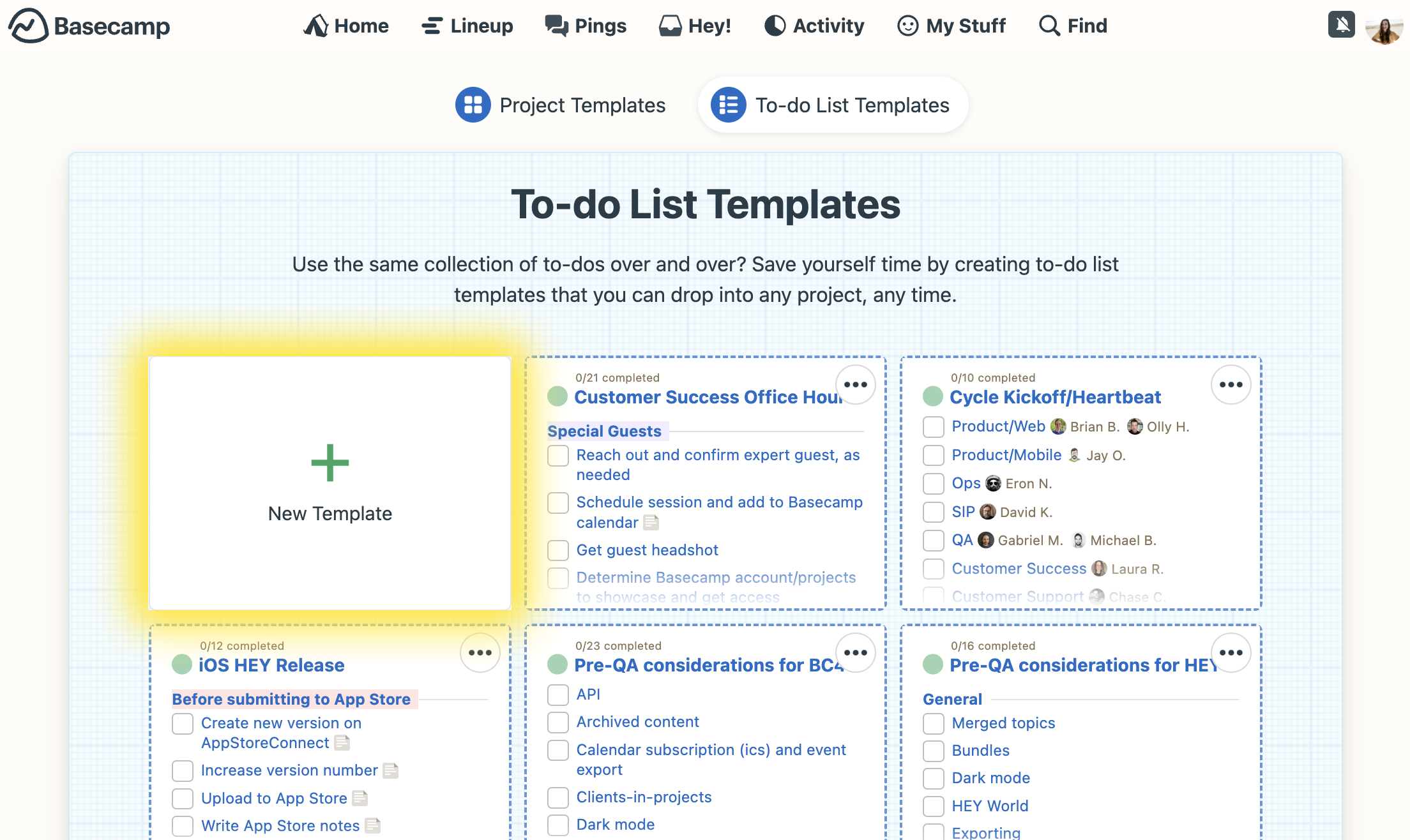
Another tip is to create onboarding templates for specific positions if you find you’re hiring them frequently.
But always remember that a template is only a tool to help you. You have to customize the experience for every person if they have different needs.
4. Onboard the Person, Not the Position
While templates are helpful and important, not every person needs the same things while getting up to speed.
Some people will whip through the learning material but struggle to pick up on the flow of work. Someone else could be quick to grasp how work is done at your organization while others can’t seem to get the hang of the software you use.
Remember that even if the checklist for your onboarding is the same, that there’s still a unique person on the other end of it.
5. Social Integration—But Don’t Force it
There’s no need to force social interactions with your new hire and existing employees. But you should be sure to create opportunities for socializing by introducing the new hire to both their specific team and other key members of your organization. At remote or hybrid companies, you can even include them in some casual chat groups meant for non-work conversation, so they can get a feel for how their new coworkers interact.
6. Role Shadow
Depending on the person, it might be better and more effective to have them follow someone in their role as they go through their average day. While each person might have their own routine when it comes to their job, shadowing can help your new hire understand how everything works together and what’s expected of them.
Plus, they can get some tips from someone already doing their job to help speed things along.
7. Ask for Their Thoughts & Input
Your new hire will know how the onboarding is going better than you do. You will easily overlook important aspects just because they’re familiar to you.
At various times during their onboarding, make sure you offer the opportunity to ask questions and get their input on how it’s been going. This will inform how you update the onboarding template and make tweaks to the process over time.
8. Give Them an Ongoing Point of Contact
Even after their onboarding is “over,” they’ll likely still have questions from time to time. Sure, they might end up asking coworkers or their boss, but if there’s any other person they can go to, make sure they know who.
If they don’t know who to ask, they might not ask at all. You want them to ask so they better understand their role and your company.
The process of bringing on a new hire can seem taxing and its importance is often overlooked. Good onboarding principles lie in understanding that your job isn’t done until your employee knows their place in your company and within their role.

